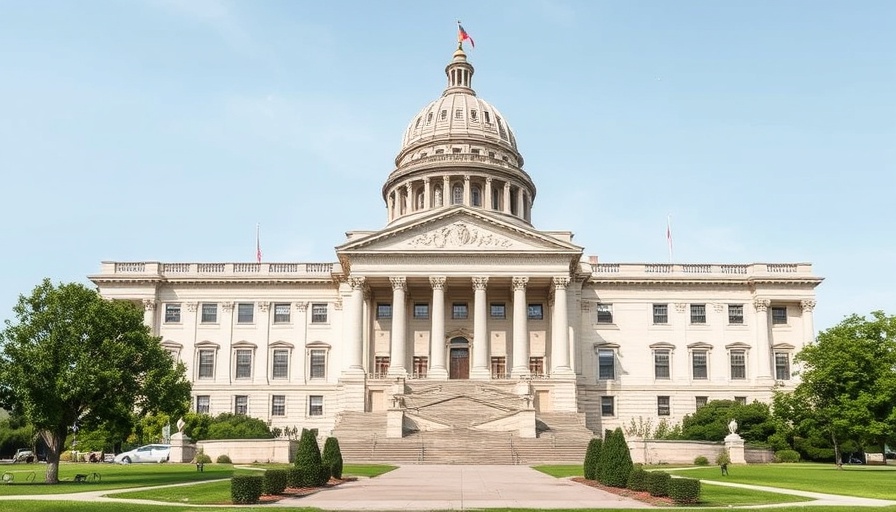
How the Inflation Reduction Act is Transforming Energy Production
The Inflation Reduction Act (IRA) is more than just a name passed in Congress; it's a pivotal piece of legislation that has already started to reshape the landscape of energy production in the U.S. Though its immediate effects on inflation remain contentious, the Act has undeniably catalyzed significant investments in renewable energy. This burgeoning sector has not only augmented the U.S. energy mix, which currently includes around 21.4% renewable sources, but has also created numerous job opportunities across both politically red and blue states alike.
Job Creation Across the Aisle
In a political climate often marked by division, the IRA's impact on employment is a unifying factor. By stimulating construction and manufacturing sectors, the tax credits associated with the IRA have become a lifeline for many communities. These jobs are sourced from both blue and red states, highlighting how energy independence and environmental initiatives can cross party lines. It’s proof that clean energy isn’t merely an environmental initiative but a robust economic driver that sustains livelihoods.
Safeguarding Energy Independence
The IRA's tax credits are incentivizing renewable technologies like solar, onshore wind, and offshore wind power. These sources are critical in strengthening America’s energy independence, reducing reliance on foreign energy while enhancing domestic production capabilities. As these technologies evolve, they not only meet immediate energy needs but also promote long-term cost efficiency, thus benefiting the average ratepayer and contributing to an economically resilient infrastructure.
Demand Surge and Infrastructure Challenges
Looking towards the future, the pressure on our energy grid is set to increase significantly. The rapid growth of electric vehicles and the doubling of electricity demand from data centers necessitate robust energy production strategies. Estimates suggest that by 2035, over 71 million electric vehicles will require an estimated 400 kWh for charging each month. Urbanization trends, too, further compound this demand, underscoring the need for substantial investment in energy infrastructure.
What if the IRA is Repealed?
Repealing the IRA looms as a significant risk, holding severe implications for both energy security and job creation. Without its tax credits and incentives, the current pace of renewable energy development could stagnate, leading to potential blackout situations and rising energy costs. As energy systems near obsolescence, halting progress in clean energy innovation jeopardizes the very fabric of economic and energy security for years to come.
Opportunities for Homeowners and Contractors
For homeowners considering energy-efficient improvements or contractors looking to engage with the renewable sector, understanding the benefits of IRA tax credits is invaluable. Homeowners can explore new avenues for installations like solar panels and energy storage, while contractors can position themselves as experts in emerging technologies that meet the needs driven by this legislative framework.
Conclusion: A Call to Stay Informed and Engaged
The ongoing impact of the IRA underscores the importance for both homeowners and contractors to stay informed about evolving energy policies. As we collectively navigate toward a more sustainable and independent energy future, it's critical to actively participate in discussions, advocate for responsible energy policies, and explore opportunities in renewable energy projects. Join the conversation, educate yourself on these developments, and discover ways you can contribute to a more resilient energy future.
 Add Row
Add Row  Add
Add 






Write A Comment